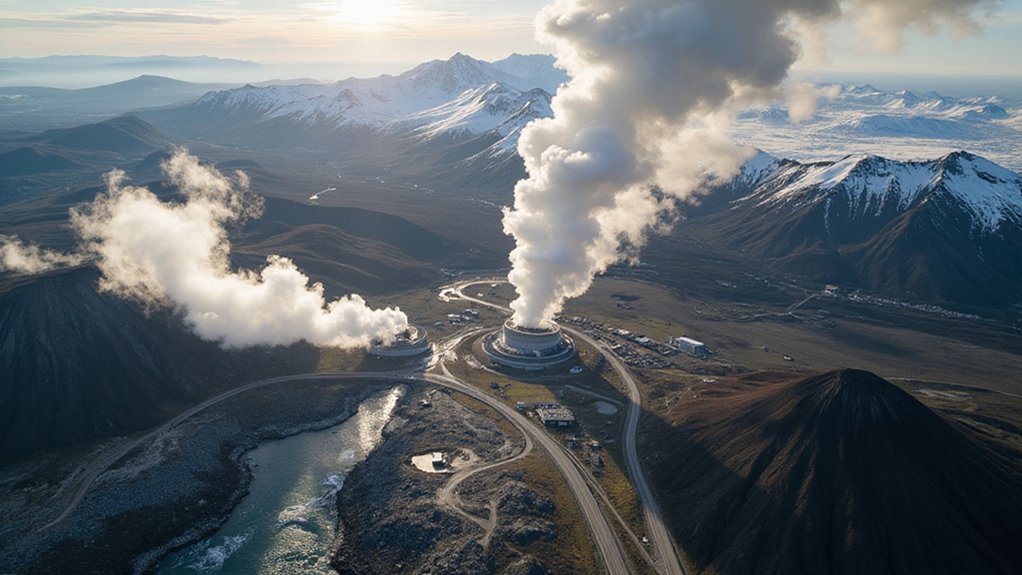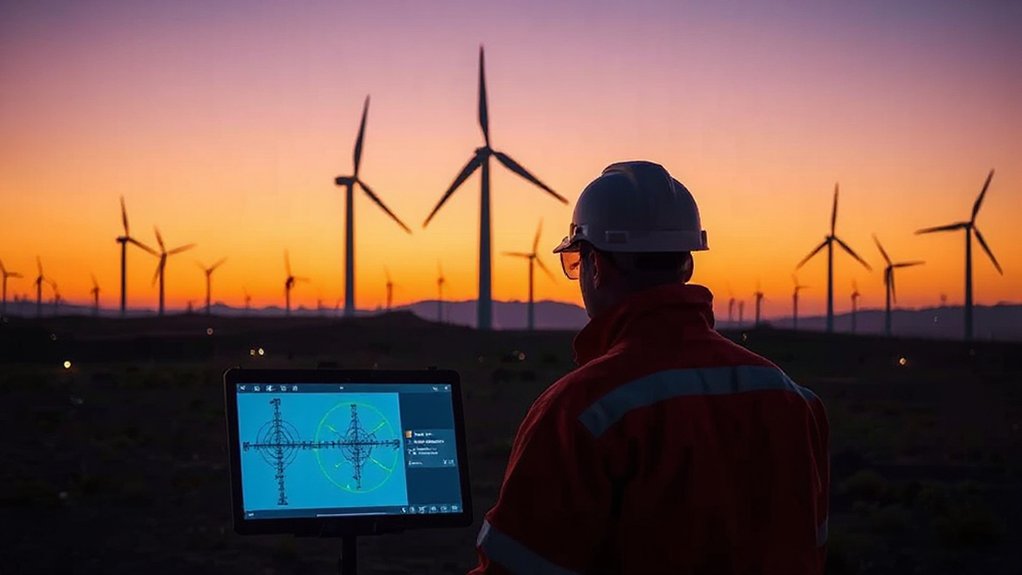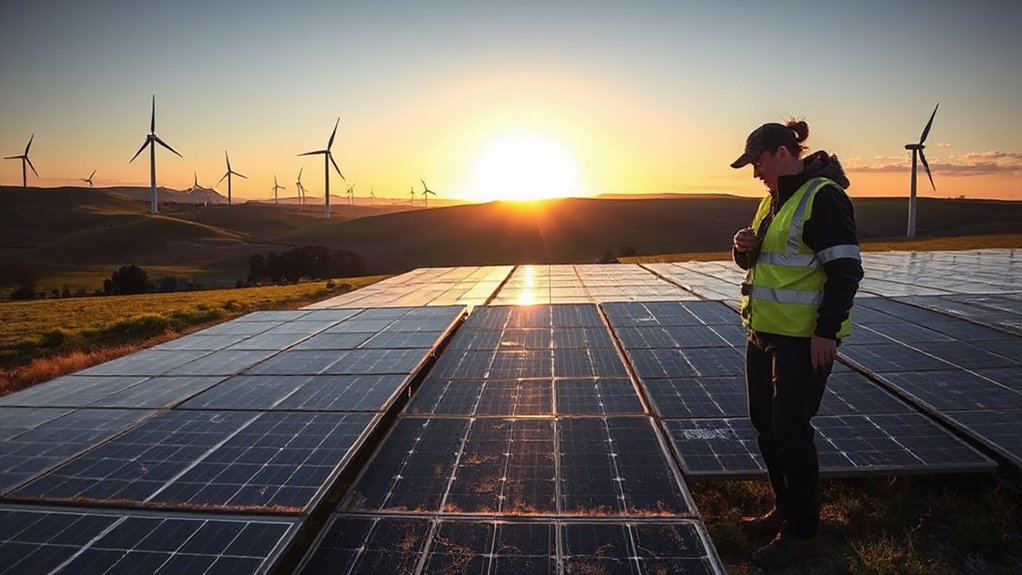While Iceland stands proudly as a global poster child for clean energy, with nearly 100% of its electricity coming from renewable sources, the reality behind this green façade is murkier than most realize. The country boasts an impressive 99.99% renewable electricity generation, primarily from geothermal and hydroelectric power. Sounds dreamy, right? Yet this achievement masks a more complex picture.
Look beyond the glossy brochures. Only about 80% of Iceland’s total energy consumption comes from renewables. That other 20%? Fossil fuels, powering cars, planes, fishing vessels—you know, just the backbone of their economy. Not quite the utopia we’ve been sold.
Iceland’s clean energy success stems from geological luck, not transferable innovation. Abundant geothermal activity, hydropower resources, and a tiny population spread across a volcanic island. Try replicating that in densely populated regions without active volcanoes. Good luck.
The industrial reality further complicates matters. Much of Iceland’s renewable electricity powers aluminum smelting and heavy industry—hardly the green tech transformation we imagine. These energy-hungry industries export their products while importing environmental credibility. Clever.
Iceland’s clean energy paradox: powering aluminum factories while collecting green credentials—a masterclass in environmental misdirection.
This “exceptional” renewable profile often shifts carbon emissions rather than eliminating them. When industry expands in Iceland, global emissions don’t necessarily drop. The aluminum still gets produced; it’s just made with cleaner electricity while consuming resources elsewhere. Unlike South Africa’s approach, Iceland hasn’t implemented a carbon tax to address emissions beyond the electricity sector.
Transportation remains stubbornly fossil-fuel dependent. The country is focusing efforts on reducing emissions in this sector through promoting electric vehicles and hydrogen fuel cell technology. You can’t fly planes on geothermal steam, after all. The fishing fleet—vital to Iceland’s economy—still runs on diesel. Electric fishing trawlers aren’t exactly crowding the harbors.
Iceland’s achievement deserves recognition, but let’s not pretend it’s a model for places without volcanoes bubbling beneath the surface. The “green electricity mirage” shows us that 100% renewable electricity doesn’t equal a carbon-free society. It’s a start, not a solution.
The path to genuine sustainability requires facing this reality, not just celebrating misleading statistics. According to official World Bank indicators, Iceland’s renewable energy consumption was 82.4% in 2021, which confirms the gap between perception and reality in their energy profile.
References
- https://www.ebsco.com/research-starters/power-and-energy/iceland-and-renewable-energy
- https://tradingeconomics.com/iceland/renewable-energy-consumption-wb-data.html
- https://www.macrotrends.net/global-metrics/countries/isl/iceland/renewable-energy-statistics
- https://www.nordicstatistics.org/news/the-5-large-nordic-countries-all-met-the-eus-2030-renewable-energy-target-in-2023/
- https://ourworldindata.org/energy/country/iceland








